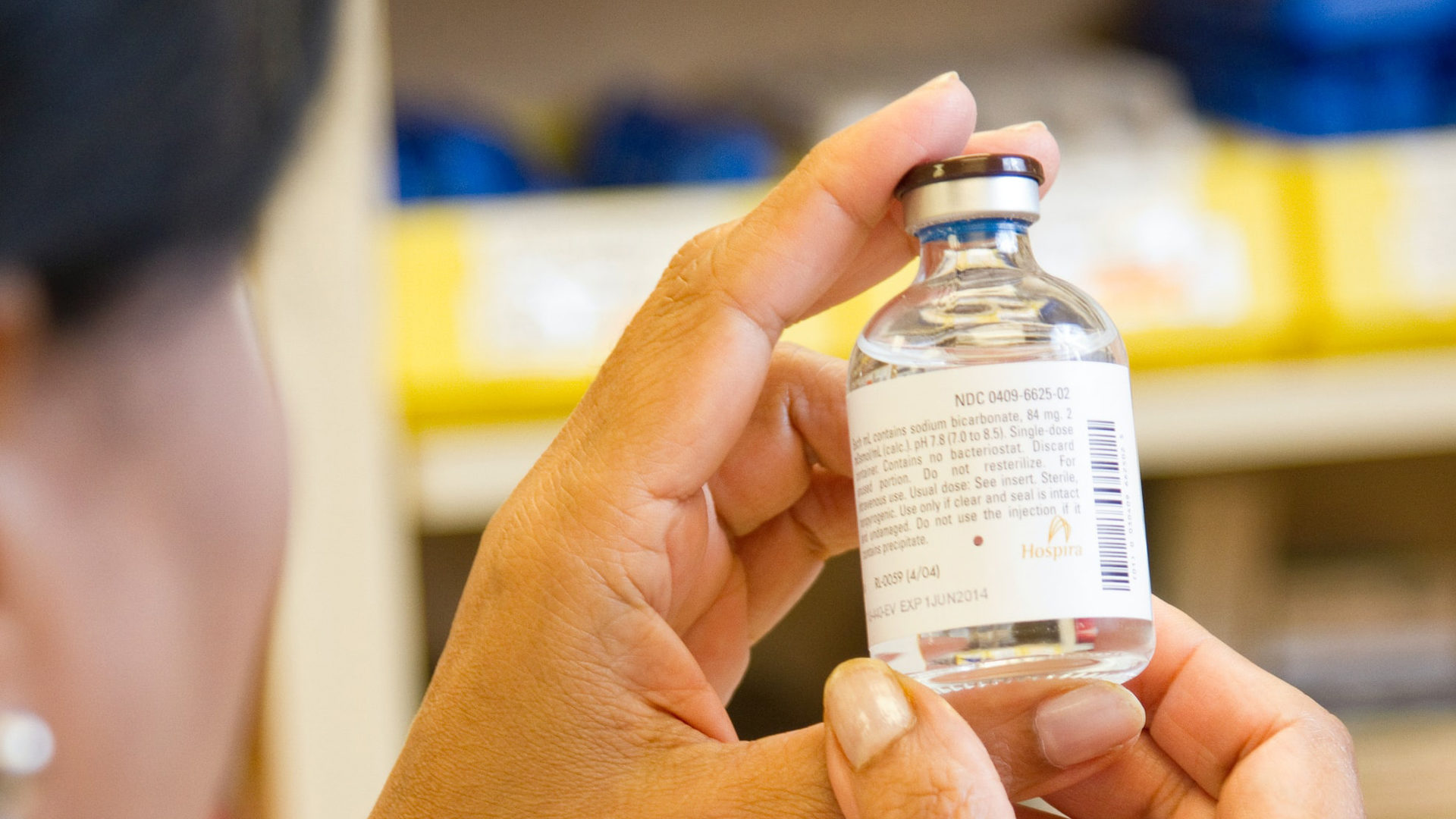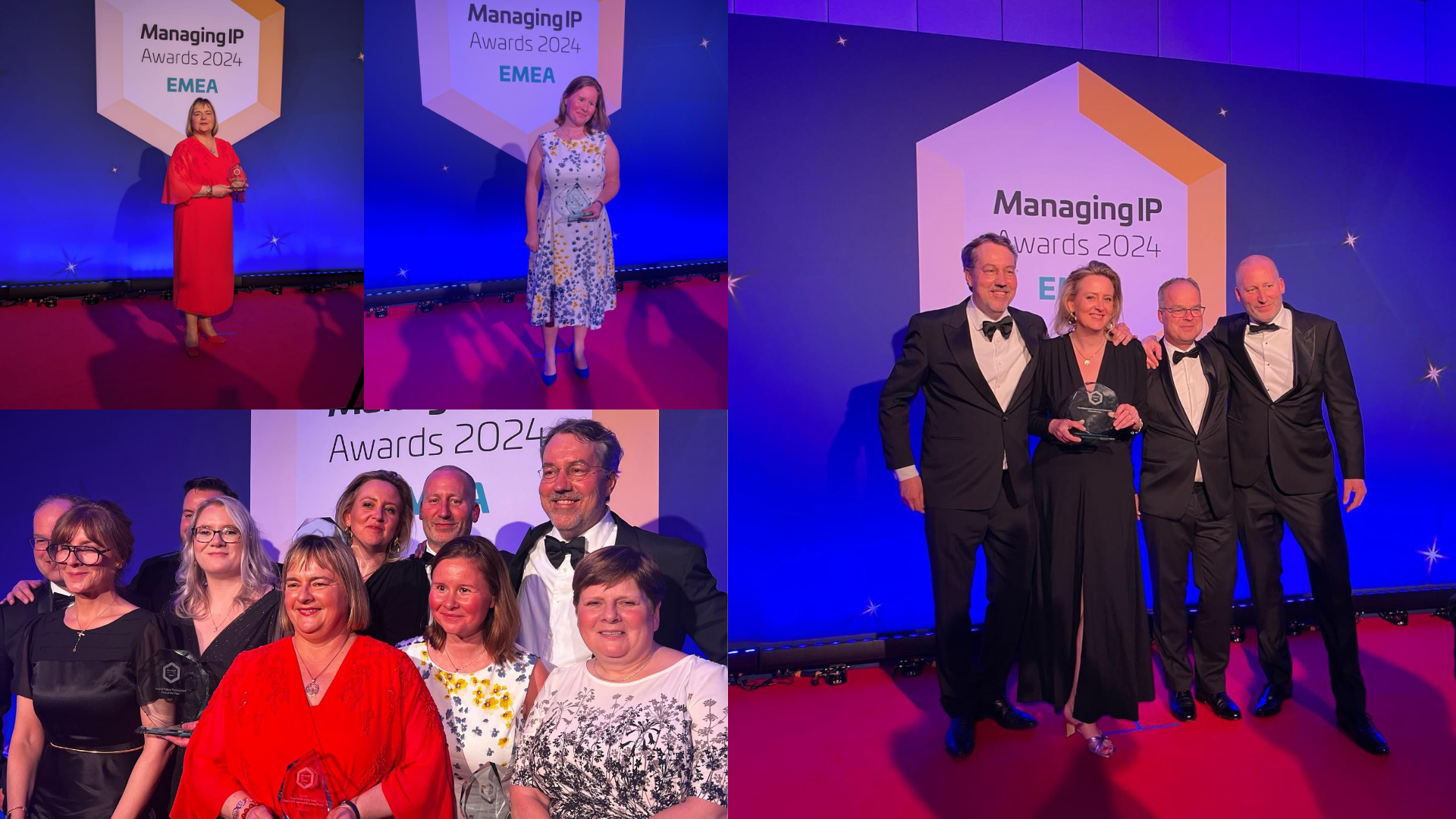Retail Scanner
Fake vs Real
April 2020
How to minimise the impact of online counterfeit. Last year a brand protection survey commissioned by MarkMonitor found that „31% of online shoppers had unintentionally purchased fake goods“. [1]
The survey shows that people do unintentionally make purchases of counterfeited goods. My own experience, when working in the fashion industry, is no different. I regularly received emails from consumers that had been deceived.
Due to the vast increase in online shopping, consumers are more and more directly confronted with these criminal practices. And if so, they turn to the brands concerned. Sometimes merely to report the infringement, other times to complain about the situation or to appeal to the goodwill of the brands to ‘solve’ their problem.
Due to the ever growing amount of goods traded online, it becomes more difficult for brand owners to effectively eliminate the problem. The rather unregulated online environment and in particular the possibility to anonymously sell goods on online third party platforms, make it easy for counterfeiters to conduct their business.
Social media
Counterfeiters shift their trade from the traditional e-commerce platforms to social media platforms such as Facebook, Pinterest and Instagram. Social Media platforms have grown enormously over the past years and the marketing tools available on social media provide counterfeiters with the ability to target the ideal audience. Similar to e-commerce platforms they require little to no verification of personal details to create accounts.
Networks of counterfeiters use links and paid-for advertising space on social media platforms to generate traffic to their own websites selling counterfeit goods, often using original photographs, logos and trade marks of the respective brands. Payments are made via payment providers such as PayPal or prepaid cards, making it very difficult to track the source.
Another problem on social media is the existence of closed groups. A group of likeminded individuals can trade counterfeit goods without the rest of the world knowing they do so, using code words in links and posts to reach out to like-minded individuals to join these groups.
How to minimise the impact on real brands?
Considering the scope of the problem there is no way brands can completely remove counterfeit from the Internet. Instead, brands need to consider how they can minimise the impact of counterfeit on their business.
There are a number of measures brands can take to minimise the effects of counterfeit sales online:
Ownership of rights
Without registered rights one cannot effectively fight counterfeit. Moreover, use of the available notice and take down procedures and participation in the online brand enforcement programs provided for by platforms such as Alibaba and Amazon, is only possible if you own the appropriate rights.
Ensure to register the appropriate rights in relation to your branding, designs and products.
Online presence
A trade mark does not provide anyone with an exclusive claim to a user or account name. Usernames and account names are assigned on a first come, first serve basis. Thus, be present online!
A transparent and sophisticated website and social media page will help to build a trusted and engaging relationship with your consumers.
Brand access, recognition and loyalty is an important factor in the fight against counterfeit.
Education
Educate consumers on your products, the risks of counterfeits and how to detect counterfeiters online. This will help your consumers make their own informed choices and prevent them from unintentionally purchasing counterfeit goods.
Monitoring
Several tools are available for monitoring online marketplaces and social media for counterfeit activity. Additionally online marketplaces themselves are investing in their own technology in a bid to combat counterfeiters and in an effort to shift the liability back from them to the brand owners. Hits, when true counterfeit, can be reported and taken down.
Technology
Use of technology such as QR codes, RFID and Blockchain allows brands owners, their partners in the supply chain and their consumers to verify the authenticity of a product.
Additionally, there are multiple software solutions available to for the analysis of online and offline data on counterfeit. Enabling you to identify partners, networks and set priorities in the fight against counterfeit.
Collaboration
Many brand owners are facing similar problems. Collaboration on a larger scale, sharing knowledge and resources certainly helps fight counterfeit. Founded in January 2017, the Alibaba Anti-Counterfeiting Alliance now consists of more than 155 brands, which share industry knowledge on latest anti-counterfeiting technology, proactive monitoring, product authentication and offline enforcement.
Service
Ensuring that your consumer service department is well aware of the counterfeit problems and well equipped to handle consumer complaints in relation thereto. This is key in building a trusted relationship with your consumers and gaining further insights into the counterfeit activities.
Summary
Whereas some of these options require a substantial investment, others are fairly easy to implement. The allocation of resources should be part of your brand protection strategy.
[1] https://www.retail-insight-network.com/features/impact-of-counterfeit-goods/
































